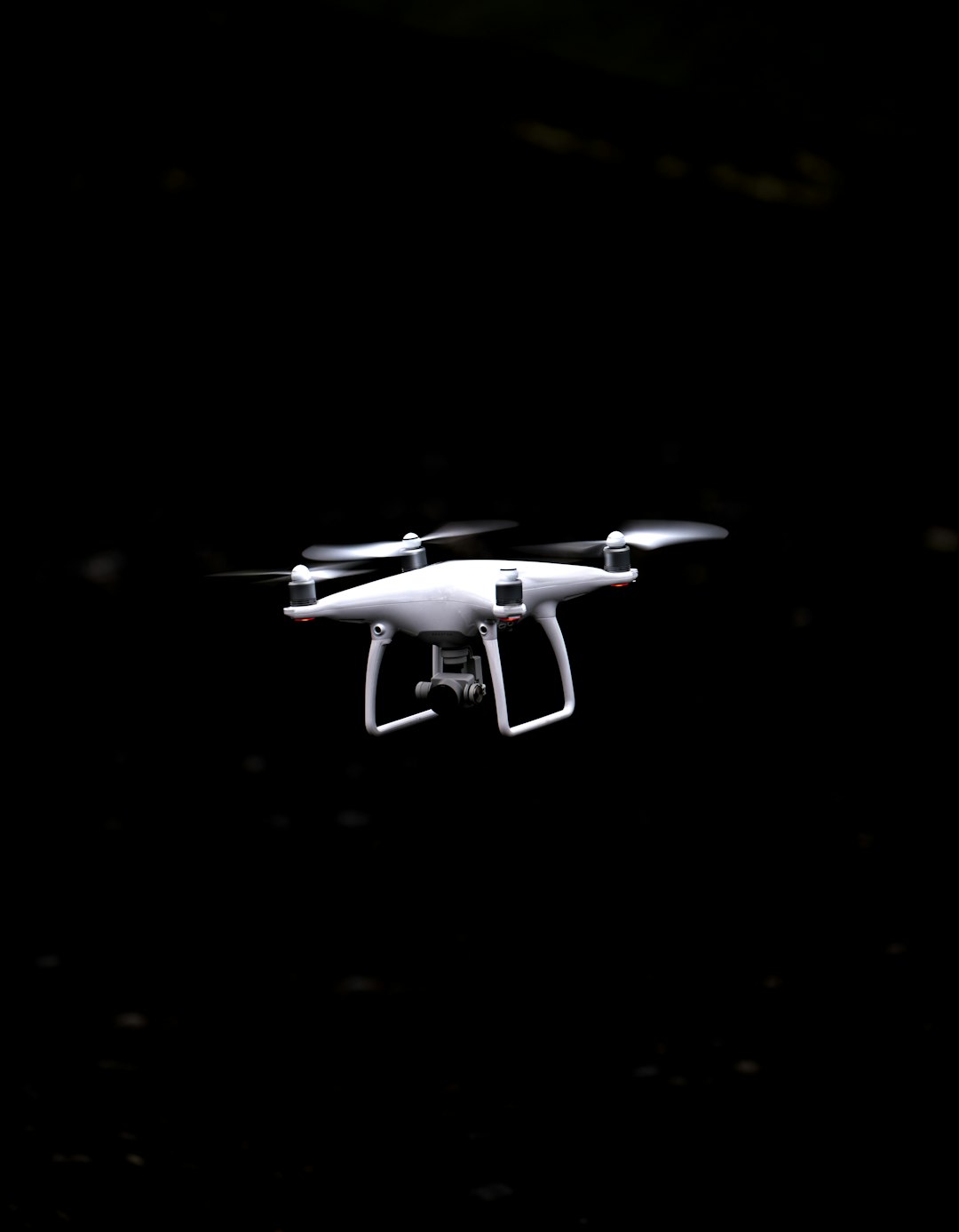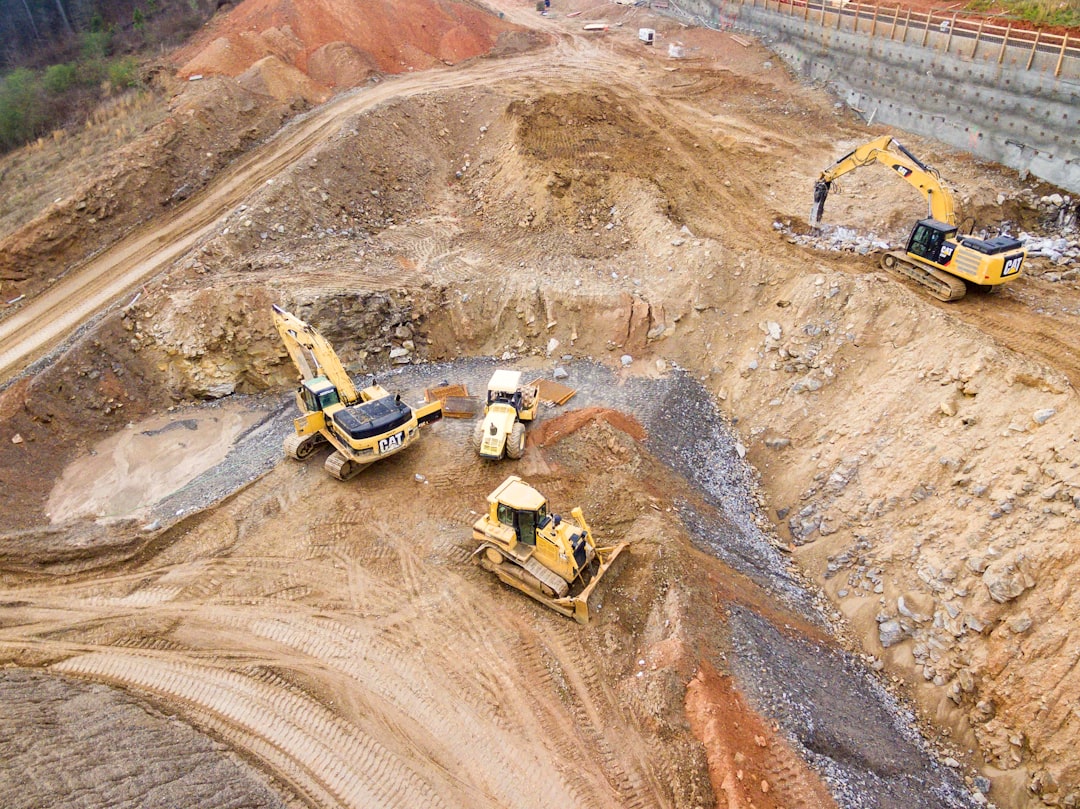
Why Choose Drone and GIS Solutions?
Combining high-resolution drone imagery with GIS expertise, our services bring unmatched value to the real estate industry. Whether it’s showcasing properties, analyzing land use, or creating detailed 3D models, we empower you to stand out, streamline operations, and achieve your goals.
